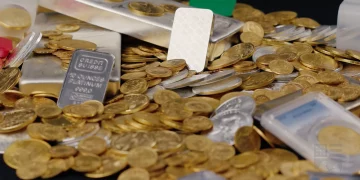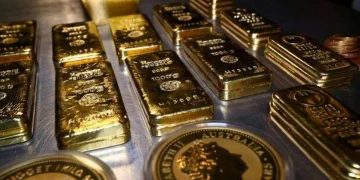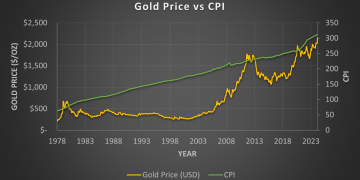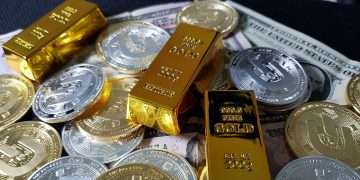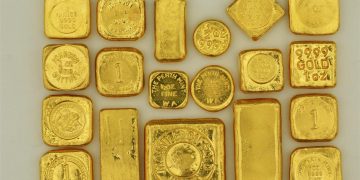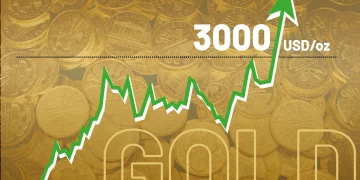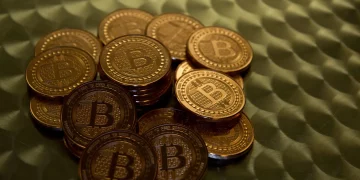Gold has long been considered a store of value, an essential asset in times of economic turmoil, and a symbol of wealth across the world. In the 21st century, gold’s price movements have been shaped by various geopolitical events, market shifts, and economic crises. As we navigate through an increasingly volatile global economy, it’s crucial to understand how historical trends in gold prices can inform future predictions and investment strategies. This article offers a detailed examination of gold’s price movements over the past two decades, explores key historical events that have influenced its price trajectory, and analyzes how future trends in gold might mirror past performance.
Examining Gold’s Price Movements Over the Last Two Decades
The price of gold in the 21st century has undergone substantial fluctuations, providing investors with both opportunities and challenges. Understanding these fluctuations requires a closer look at key events that have shaped gold prices since 2000.
Early 2000s: Steady Rise Amid Global Economic Stability
At the start of the 21st century, gold prices were relatively low. In 2000, the price of gold was approximately $280 per ounce, reflecting a period of economic stability and strong global growth. The early 2000s saw the continued dominance of the U.S. dollar, and many countries had abundant reserves of gold, contributing to low demand for gold as a safe-haven asset.
However, several factors began to contribute to a gradual rise in gold prices. The weakening of the U.S. dollar, which had been steadily losing value against other major currencies, sparked interest in gold as a hedge against currency depreciation. Central banks also started to reduce their gold reserves, leading to a tighter supply and thus higher prices. By the mid-2000s, gold had begun a slow and steady ascent, reaching approximately $600 per ounce by 2006.
The 2007-2008 Financial Crisis: A Turning Point for Gold
The global financial crisis of 2007-2008 was a significant catalyst in gold’s rise as a safe-haven investment. The collapse of Lehman Brothers, the ensuing credit crunch, and the global recession triggered widespread panic in financial markets. As stock markets tumbled and investors sought secure assets, the demand for gold surged, pushing prices higher.
During this period, central banks around the world responded with aggressive monetary policies, including cutting interest rates and injecting liquidity into financial systems. These actions raised concerns about inflation and the potential devaluation of fiat currencies, making gold even more attractive as a store of value. From a price of around $650 per ounce at the start of the crisis in 2007, gold prices soared to over $1,000 by 2009, marking a turning point for gold’s role in the financial system.
2010-2012: Gold’s Peak in the Post-Crisis Era
In the years following the financial crisis, gold experienced a dramatic surge, peaking at around $1,900 per ounce in 2011. This increase was driven by continued global economic instability, ongoing fears of inflation, and the European debt crisis. In addition, ultra-low interest rates set by central banks and fears of currency devaluation fueled investor demand for gold.
During this time, many investors saw gold as a critical hedge against both inflation and geopolitical risks. Central banks, particularly in emerging markets, continued to purchase gold as part of their efforts to diversify foreign reserves. This period of heightened demand for gold marked its rise as a mainstream asset for institutional investors and individuals alike.
2013-2018: A Period of Consolidation and Price Correction
After reaching its peak in 2011, gold entered a phase of consolidation. By 2013, the price of gold began to fall sharply, with gold trading below $1,200 per ounce by the end of that year. This was due to several factors: the end of the global economic recession, the tapering of the Federal Reserve’s bond-buying program, and a strengthening U.S. dollar. As investor confidence in the global recovery increased, the demand for gold as a safe-haven asset diminished.
During this period, gold’s price oscillated between $1,100 and $1,400 per ounce. This range was characterized by stable economic conditions in the developed world, and while gold remained a key asset for portfolio diversification, it no longer experienced the same explosive growth as it had in the previous decade.
2020: The COVID-19 Pandemic and the Surge in Gold Prices
In 2020, the COVID-19 pandemic triggered one of the most significant economic disruptions in modern history. As governments worldwide implemented lockdowns and financial markets faced extreme volatility, the demand for gold surged once again. Central banks worldwide launched massive fiscal stimulus packages, and interest rates were slashed to near-zero levels. Fears of inflation, coupled with the potential devaluation of currencies, led to a renewed interest in gold as a safe-haven asset.
Gold prices reached new highs in 2020, surpassing $2,000 per ounce for the first time in history. This price surge was also driven by geopolitical uncertainties, such as the U.S.-China trade tensions and Brexit, which added to the growing demand for gold. The COVID-19 pandemic underscored gold’s historical role as a crisis hedge, protecting investors’ wealth during times of extreme uncertainty.
Key Historical Events Shaping Current Market Trends
Several key events in recent history have significantly shaped the current trends in the gold market. These events underscore gold’s resilience as a safe-haven asset and highlight the factors that investors should consider when looking at the future of gold.
The 2007-2008 Financial Crisis: A Fundamental Shift
The global financial crisis (GFC) was a transformative event in the gold market. Before the GFC, gold was largely seen as a commodity for jewelry and industrial uses. However, as the financial crisis unfolded, gold proved its value as a safe-haven asset, driving significant price increases. The central bank interventions during the crisis, including ultra-low interest rates and quantitative easing, also set the stage for future price movements, which would be influenced by these monetary policies.
The GFC demonstrated that gold was not only a hedge against inflation but also a store of wealth during systemic financial shocks. This perception of gold as a safe asset has persisted into the present day and is likely to remain a key driver of demand in the future.
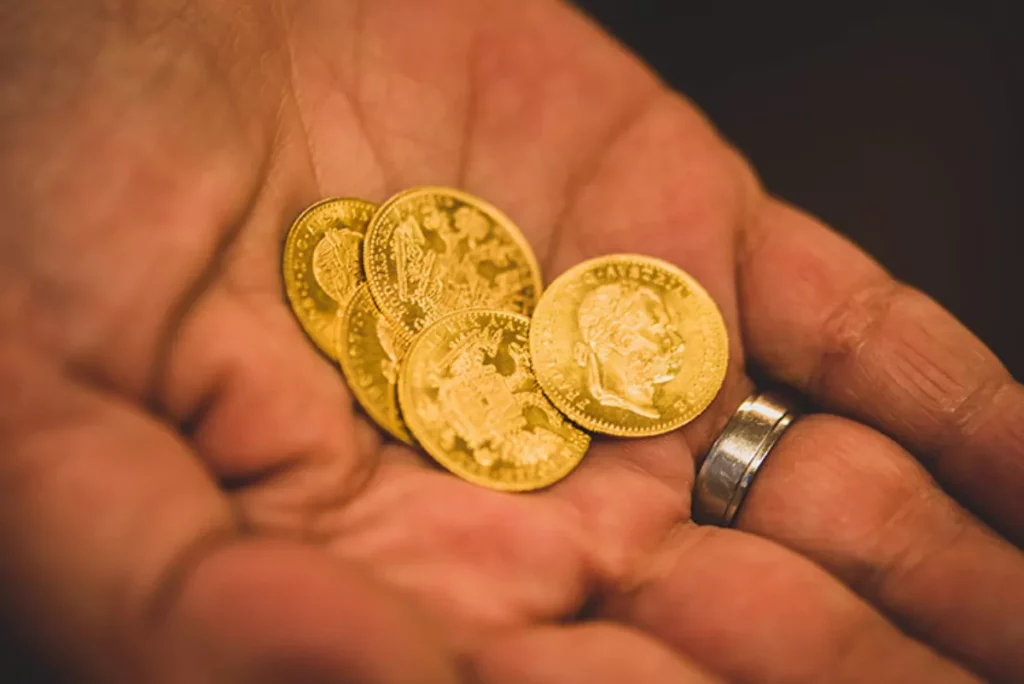
The Eurozone Debt Crisis (2010-2012)
The Eurozone debt crisis had a profound impact on gold’s price movements. As countries like Greece, Portugal, and Italy faced unsustainable levels of debt, fears grew about the stability of the Eurozone. This uncertainty contributed to increased demand for gold, with investors seeking to protect their wealth from potential losses in the Euro and other European assets. The Eurozone crisis highlighted gold’s value as a hedge against sovereign risk and geopolitical instability.
The COVID-19 Pandemic (2020)
The COVID-19 pandemic marked another pivotal moment for gold’s price trajectory. The pandemic not only caused severe economic disruptions but also triggered massive fiscal responses from governments and central banks. The resulting uncertainty led to a surge in demand for gold, pushing its price to new heights. The pandemic reinforced gold’s role as a hedge against economic instability and inflation, especially as central banks continued to flood markets with liquidity.
How Future Market Trends Might Mirror Past Performance
Looking ahead, it is highly likely that gold’s price movements will continue to be influenced by similar macroeconomic and geopolitical factors as in the past. Although no one can predict the future with certainty, there are several trends that suggest gold will continue to play a significant role in investment portfolios, especially in times of crisis.
Inflationary Pressures and Currency Devaluation
Inflation concerns, fueled by central bank monetary policies and massive fiscal stimulus, will likely continue to drive demand for gold in the future. As governments around the world continue to print money to combat economic slowdowns, fears of currency devaluation and inflation will make gold an attractive asset. If inflation accelerates in the coming years, gold’s role as a store of value will likely increase, as it has historically been seen as a hedge against inflationary pressures.
Geopolitical Uncertainty and Financial Crises
Geopolitical tensions, such as trade wars, regional conflicts, and political instability, will continue to influence gold prices. Whenever geopolitical risks rise, investors tend to seek refuge in gold, driving its demand and pushing up its price. In addition, financial crises, whether triggered by debt defaults, banking failures, or stock market crashes, will likely continue to drive investors toward gold as a safe-haven asset.
Central Bank Policies and Global Economic Conditions
Central bank policies, particularly those of the U.S. Federal Reserve, will remain a critical driver of gold prices. As central banks adjust interest rates and implement monetary stimulus measures, the demand for gold as a hedge against currency depreciation will remain strong. Moreover, global economic conditions, such as the recovery from the COVID-19 pandemic and future recessions, will likely continue to influence gold’s price movements.
Conclusion
Gold’s performance in the 21st century has been shaped by several key events and trends that have solidified its position as a valuable asset in investment portfolios. From the financial crisis of 2007-2008 to the unprecedented economic disruptions caused by the COVID-19 pandemic, gold has consistently proven its ability to act as a safe-haven asset during times of uncertainty. By examining historical price movements and understanding the factors that have influenced gold’s demand in the past, investors can better anticipate future trends and make informed decisions about their gold investments.
As we look toward the future, gold’s role as a hedge against inflation, currency devaluation, and geopolitical risks is likely to continue. By drawing lessons from the past, investors can strategically position themselves to take advantage of gold’s future potential in a world that remains fraught with economic uncertainty.














